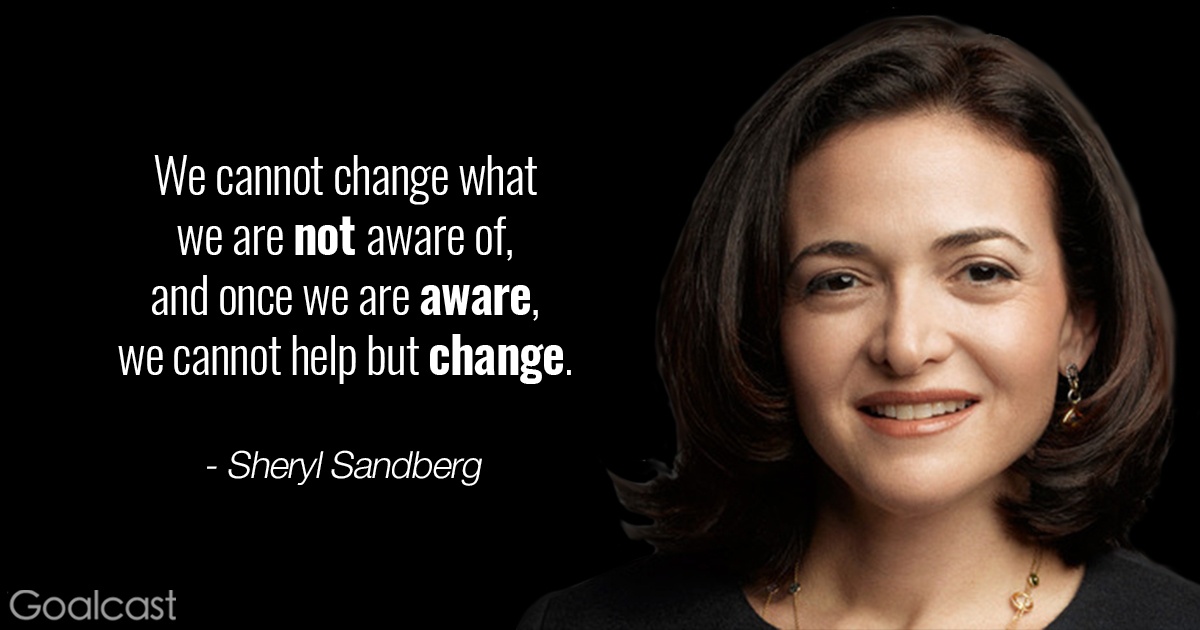More and more, companies are looking to increase diversity in their hires.
In fact, an MIT study showed that shifting from an all-gender workplace to one that is split evenly along gender lines can increase revenue by 41 percent. Having inclusive messaging, especially in regard to gender, can make the process of diversity hiring easier and more efficient. Just a few small changes in a company's wording, whether in job descriptions or emails, can increase the diversity of a candidate pool. Here is what has been proven to work.
Removing Gender Bias from Job Descriptions Will Encourage More Women to Apply
There's a statistic you may have already heard, that men will apply for a job they feel 60% qualified for, while women only apply for jobs if they feel like they are 90-100% qualified. Some gender-bias writers attribute this to confidence and self-worth, but these reasons don't really matter to an employer trying to fill an open role with calibrated candidates. This information is better served in guiding our language choices, in order to engage with a larger talent pool.
 "Shifting from an all-gender workplace to one that is split evenly along gender lines can increase revenue by 41 percent."
"Shifting from an all-gender workplace to one that is split evenly along gender lines can increase revenue by 41 percent."
— MIT Study, 2014
The Reason Women (and Men) Don't Apply to Certain Roles
One explanation for the discrepancy in our willingness to apply for jobs is that women go through job descriptions like a checklist, and as soon as they stop meeting the qualifications they move on. A survey by the Harvard Business Review showed that self-assurance wasn't the real issue, and that the checklist theory might be closer to the truth. Of the women surveyed, those who claimed that they don't apply for a job when they don't meet qualifications said basically that they were just trying to follow the rules. In fact, this explanation was offered equally by men and women in the survey. If a job posting listed qualities an individual didn't have, that person knew they weren't meeting the requirements of the job posting. They wouldn't get hired if they didn't fit the bill.
This is logical from any hiring perspective. Recruiters are there to match candidates to their positions, and hiring outside of your base requirements would mean that your job description was either incorrect, or not optimized for the position. If you improve your word choice, you can tailor the communication to speak to the right people.
Keep Gender in Mind
It isn't easy to think about "gendered wording" when you're writing a job posting. Being cognizant of gender-neutral pronoun use is a good first step, but there are some other language choices that will be impactful. Words have different connotations for men and women. Consider the different tone your messaging would take if you were to use motivate instead of challenge, or develop instead of manage.
Related: Becoming gender neutral in the workplace
Of all the factors that influence hiring and recruiting, the job description is where you have the most control. Your internal teams should be aware of potential gender bias. If you're working with an outside agency, they should be able to help you rework the messaging for a particular role.
Use Trait Words, but Avoid Superlatives
Duke University conducted a thorough study that tested masculine word usage against feminine word usage in job postings. Their data showed that certain words in the job requirements deterred women from applying. Indicators that an ideal candidate is outspoken in their field (i.e. premier, expert) actually made experienced women feel under-qualified. They experienced the same thing with descriptors that suggested competition, winning, or exclusivity: dominate, decisive, aggressive.
Then there are terms that helped women feel more welcome to apply. These are going to be words that point to growth, community, and teamwork. Women in the study were consistently receptive to words that ask for relationship and collaboration: improve, develop, understanding, support, team.
The Struggle
When you hire for an important role, you want the best candidates. Period. You're going to request top-notch, but now you'll have to be aware of how those terms are speaking to your candidate demographics. Obviously, if a requirement is a must-have, you need to word it appropriately. Identify the skill and traits that can be rephrased to women-friendly terms, and that should help alter your applicant flow.
What have you experienced in fine tuning your job descriptions to improve applications?








